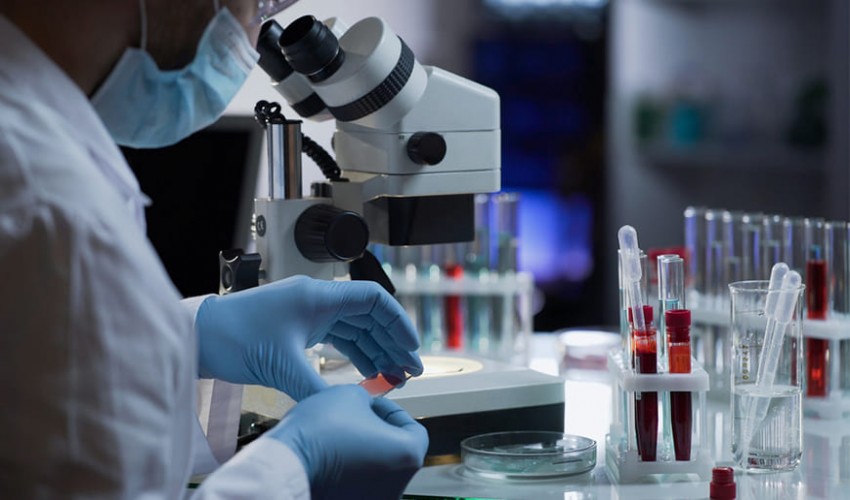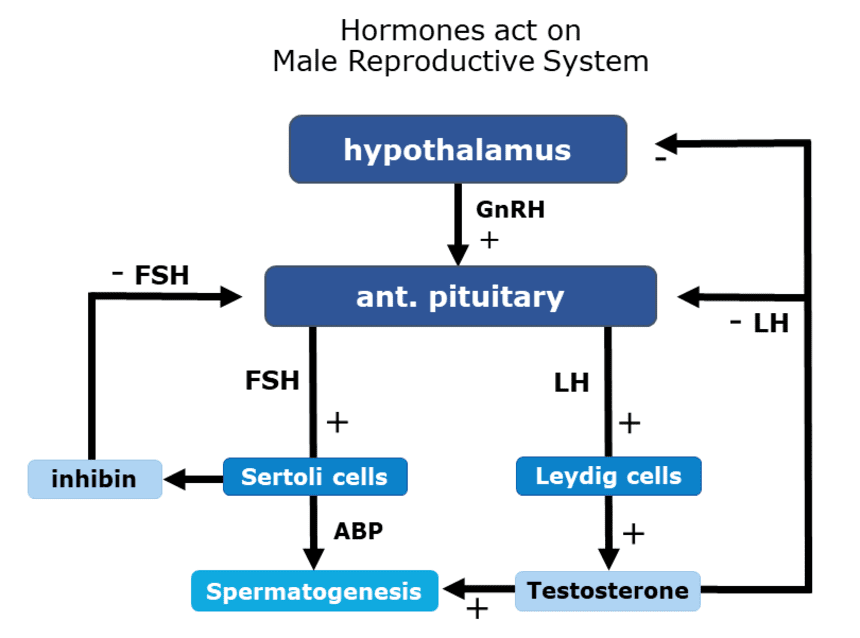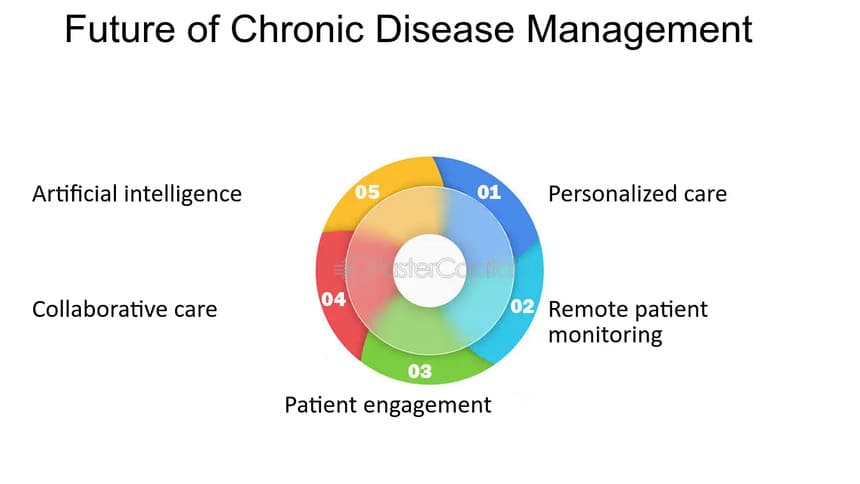
Pathology
Pathology is the study of the causes and effects of disease or injury. The word pathology also refers to the study of disease in general, incorporating a wide range of biology research fields and medical practices. However, when used in the context of modern medical treatment, the term is often used in a more narrow fashion to refer to processes and tests which fall within the contemporary medical field of "general pathology", an area which includes a number of distinct but inter-related medical specialties that diagnose disease, mostly through analysis of tissue, cell, and body fluid samples. Idiomatically, "a pathology" may also refer to the predicted or actual progression of particular diseases (as in the statement "the many different forms of cancer have diverse pathologies"), and the affix pathy is sometimes used to indicate a state of disease in cases of both physical ailment (as in cardiomyopathy) and psychological conditions (such as psychopathy). A physician practicing pathology is called a pathologist.
As a field of general inquiry and research, pathology
addresses components of disease: cause, mechanisms of development
(pathogenesis), structural alterations of cells (morphologic changes), and the
consequences of changes (clinical manifestations). In common medical practice, general pathology
is mostly concerned with analyzing known clinical abnormalities that are
markers or precursors for both infectious and non-infectious disease, and is
conducted by experts in one of two major specialties, anatomical pathology and
clinical pathology. Further divisions in specialty exist on the basis of the
involved sample types (comparing, for example, cytopathology, hematopathology,
and histopathology), organs (as in renal pathology), and physiological systems
(oral pathology), as well as on the basis of the focus of the examination (as
with forensic pathology).
Modern pathology began to develop as a distinct field of
inquiry during the 19th Century through natural philosophers and physicians
that studied disease and the informal study of what they termed “pathological
anatomy” or “morbid anatomy”. However, pathology as a formal area of specialty
was not fully developed until the late 19th and early 20th centuries, with the
advent of detailed study of microbiology. In the 19th century, physicians had
begun to understand that disease-causing pathogens, or "germs" (a
catch-all for disease-causing, or pathogenic, microbes, such as bacteria,
viruses, fungi, amoebae, molds, protists, and prions) existed and were capable
of reproduction and multiplication, replacing earlier beliefs in humors or even
spiritual agents, that had dominated for much of the previous 1,500 years in
European medicine. With the new understanding of causative agents, physicians
began to compare the characteristics of one germ's symptoms as they developed
within an affected individual to another germ's characteristics and symptoms.
This approach led to the foundational understanding that diseases are able to
replicate themselves, and that they can have many profound and varied effects
on the human host. To determine causes of diseases, medical experts used the
most common and widely accepted assumptions or symptoms of their times, a
general principal of approach that persists into modern medicine.
- General Pathology
- Systemic Pathology
- Cytopathology
- Haematology
- Immunopathology
- Histopathology
- Clinical Pathology
- Anatomical Pathology
- Forensic Pathology
- Veterinary Pathology
- Plant Pathology
- Molecular Pathology
- Surgical Pathology
- Mechanism of human disease
- Techniques for investigation of disease
- Frontieres in human disease
Recent Published
Submit Manuscript
To give your manuscript the best chance of publication, follow these policies and formatting guidelines.


